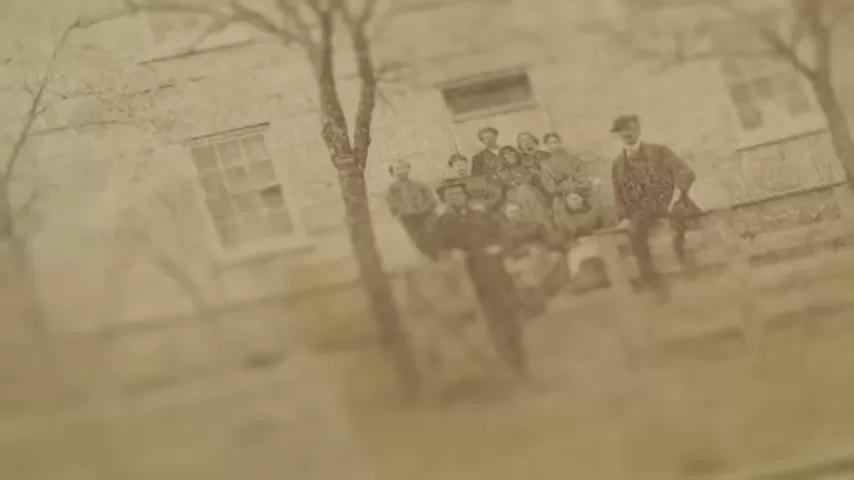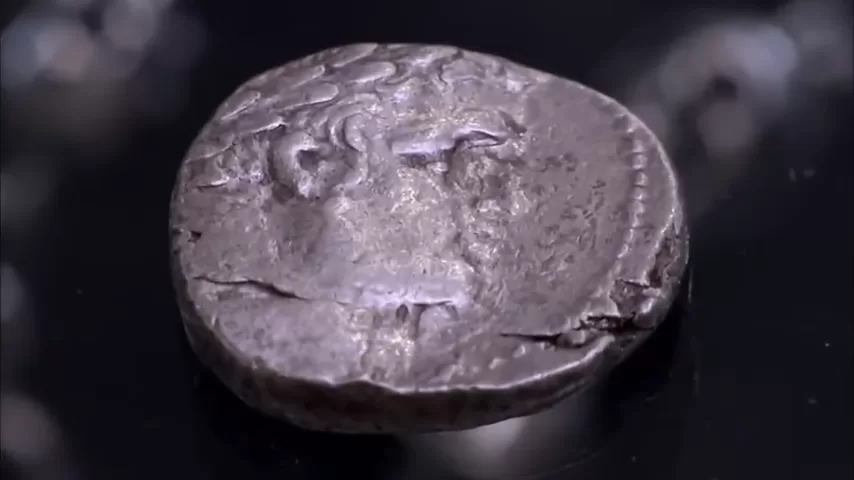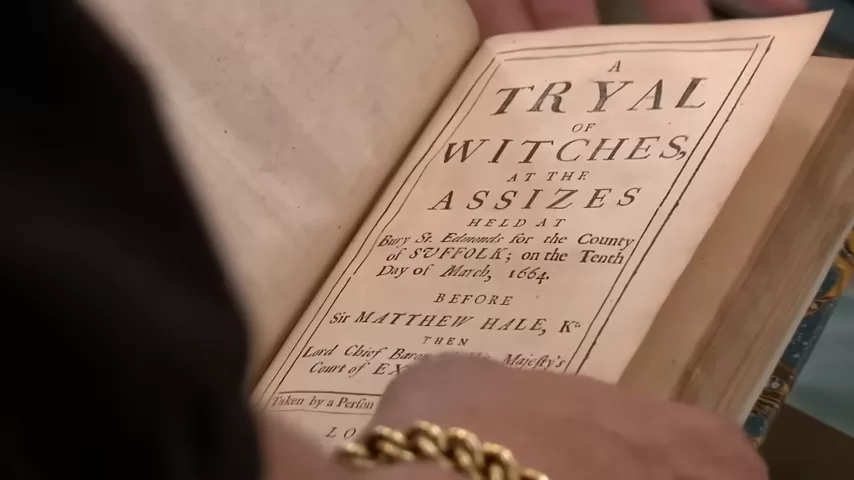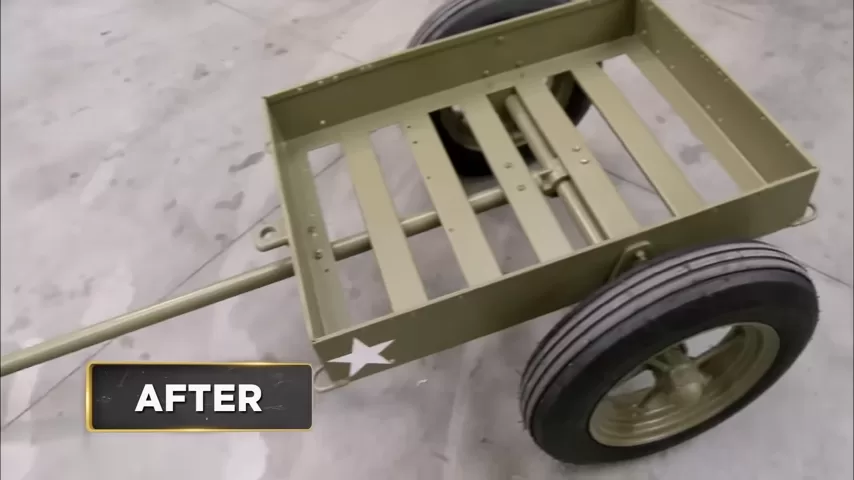In the world of Civil War memorabilia, few words carry as much weight as Gettysburg. It’s the battle that turned the tide of the war. A place where hills, fields, and farmhouses became the backdrop for the bloodiest conflict on American soil. So when a rare, Civil War-era photograph surfaced—possibly depicting a house that stood in the heart of the battle—it had all the ingredients of a historic jackpot.
But history doesn’t hand out validation easily. Sometimes, what seems like a once-in-a-lifetime find turns out to be just… a photograph.
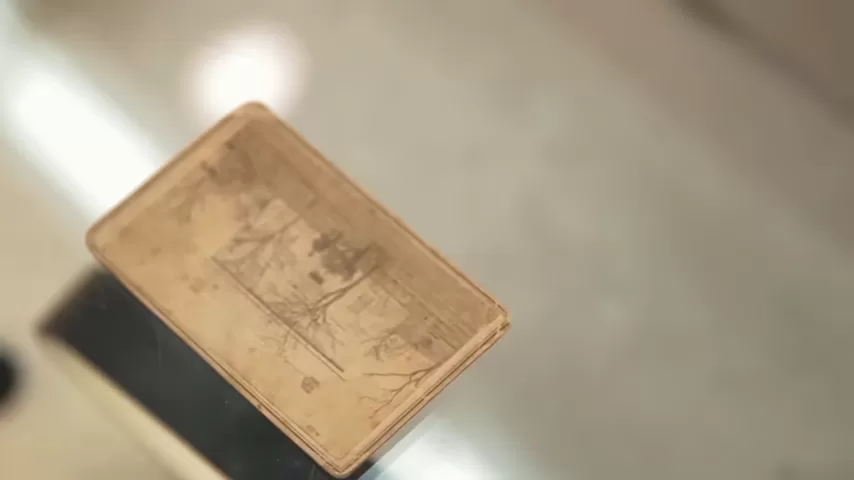
The Claim: A Lost House from a Famous Field
A collector arrived at a Las Vegas pawn shop with a sepia-toned photograph in hand. A carefully framed image of an old farmhouse on Emmitsburg Road—claimed to be the Wentz House, a structure that stood at the epicenter of the Peach Orchard battle at Gettysburg.
“I have a rare Civil War-era photograph,” the seller explained. “I believe it’s the Wentz home, right on the battlefield.”
The story was compelling. The Wentz family’s property sat along one of the most intense axes of attack during the battle. The 17th Mississippi Infantry swept across the Sherfy Peach Orchard, directly across from the Wentz home. What made the tale more poignant was that Henry Wentz, the son of homeowner John Wentz, was believed to have returned to fight for the Confederacy on the very land where his father remained during the bombardment.
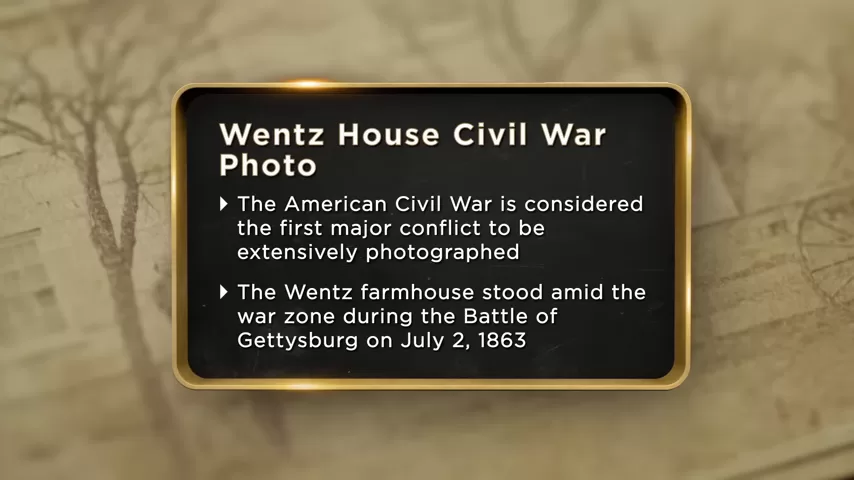
“So his son was in the Confederate Army,” the seller said, “while his father was in that house during the battle.”
A house divided—literally. It’s the kind of story that Civil War collectors dream about. And the seller had a number in mind: $15,000.
Gettysburg: Where Provenance Is Everything
In Civil War collecting, context is king. A musket is worth thousands more if it was fired at Gettysburg. A jacket gains value if you can prove it was worn during Pickett’s Charge. And photographs—especially of structures tied directly to famous engagements—can become museum-worthy centerpieces.
“Anything Gettysburg is money,” explained the pawn shop owner. “If you can prove a gun was there, it’s worth money. If a uniform was worn there—it goes up. Same with photos.”
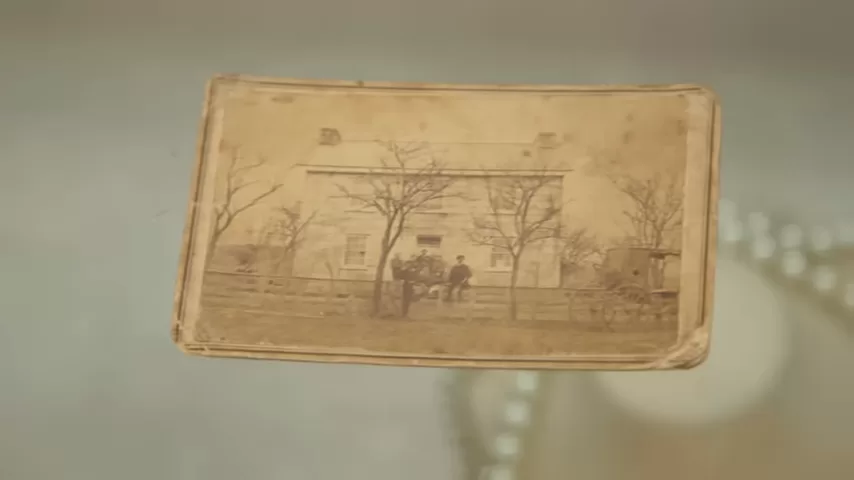
So verifying whether the house in the photograph was truly on the battlefield, and more specifically the Wentz House, was crucial.
Calling the Expert: Is This the Wentz House?
To investigate, the shop brought in a Civil War historian and battlefield expert, someone who had the rare combination of knowledge and visual memory needed to identify 19th-century architecture from a single print.
“The Civil War was the first war we ever really photographed,” he explained. “And Gettysburg? That’s the crown jewel.”
As he examined the photo, he noted its architectural details: a two-story wood-frame house, windows evenly spaced, a pitched roof—not particularly remarkable at first glance.
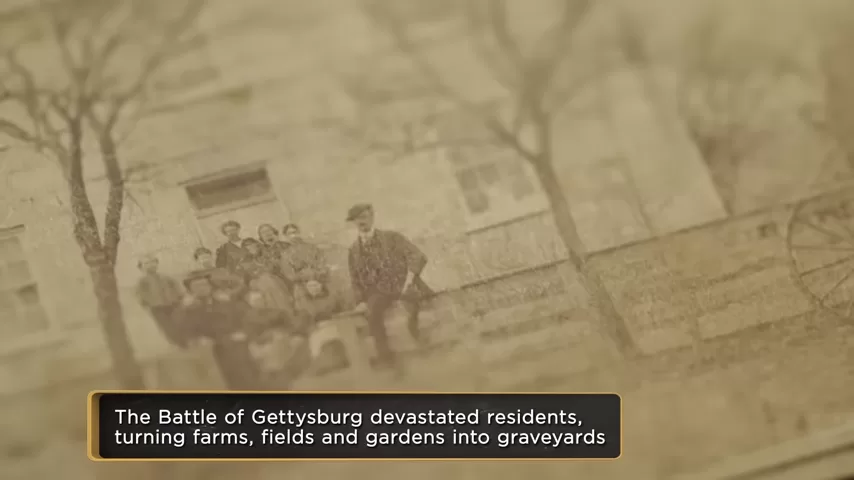
Then came the bad news.
“This is not the Wentz House,” the expert concluded. “The Wentz House was a story-and-a-half log structure. This isn’t log construction, and it’s not the right shape.”
The verdict was definitive.
“There is no known photograph of the Wentz House taken during the battle. Only a drawing exists—and it doesn’t match this structure.”
Further complicating things, there was no conclusive proof that the house in the image was even located on the Gettysburg battlefield.
“Could it be a post-war farm near Gettysburg? Possibly. But it’s not the house at the Peach Orchard. It’s not the Wentz property.”
When History Falls Short: The Collector’s Dilemma
With the myth officially busted, the seller’s hopes of a five-figure sale faded fast. While the photograph was authentic in age, likely from the late 1860s, its lack of provenance made it unsellable at the price point he was seeking.
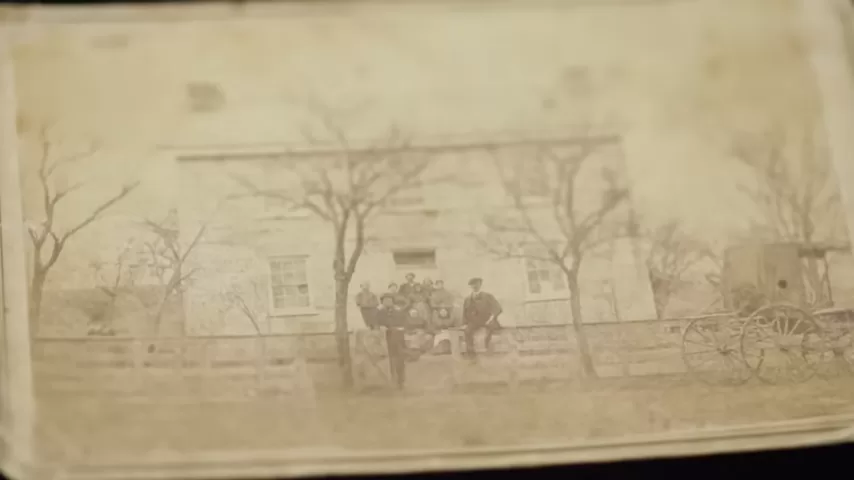
“At this point, I don’t know what it is,” the shop owner admitted. “All I know is, it’s a period photograph. But without clear ties to Gettysburg—it’s just not for me.”
Even though the photo itself may be over 150 years old, its historical value depends almost entirely on where it was taken and what it depicts.
“A Civil War-era photo is cool,” said the historian, “but a Civil War-era photo of Gettysburg? That’s where the value comes from.”
Why Gettysburg Matters So Much
There’s a reason Gettysburg casts such a long shadow. The three-day battle in July 1863 resulted in more than 50,000 casualties. It marked the high-water mark of the Confederacy, and Abraham Lincoln’s subsequent Gettysburg Address became one of the most iconic speeches in American history.
Photographs and artifacts from Gettysburg are more than collectibles—they’re touchstones of American memory. That’s why confirmation of origin is so essential.

The Final Verdict: History… Almost
In the end, the photograph remains a mystery. It’s a beautiful relic of its time—a window into post-war American architecture—but not the historic keystone the seller hoped it would be.
Still, all is not lost. While it’s not the Wentz house, it could very well be a rare image of a long-lost Pennsylvania homestead, and with further research, it might one day find its rightful place in a collection.
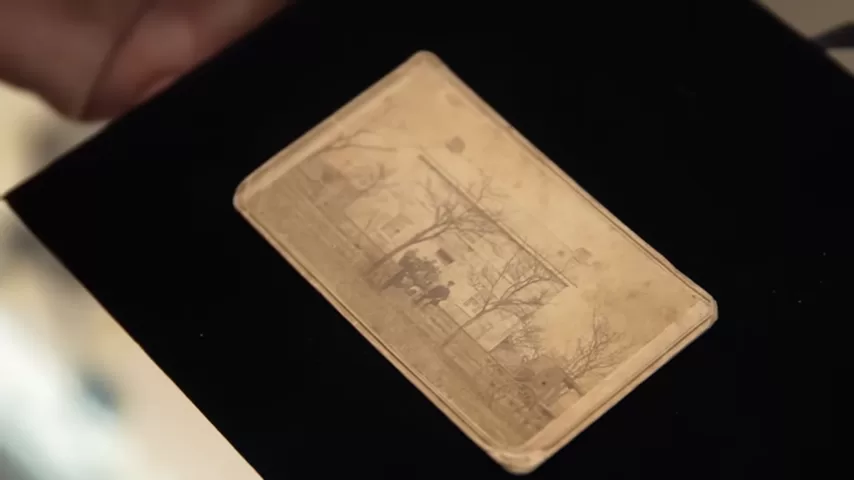
“Mark might be a little bit smarter than me,” the seller admitted. “But hey, you win some, you learn some.”
Takeaway for Collectors: What We Learn From Almost-History
This case is a powerful reminder that storytelling is only as valuable as the evidence behind it. In the world of high-end memorabilia, myths don’t sell—proof does.
If you come across a vintage photo or artifact:
- Research the provenance. Where did it come from? Who owned it?
- Look for period documents (letters, deeds, military records) that support its location or identity.
- Consult experts. Historians, archivists, and specialty appraisers can spot details most people miss.
- Don’t assume old = valuable. Age is only one piece of the puzzle. Context is king.
